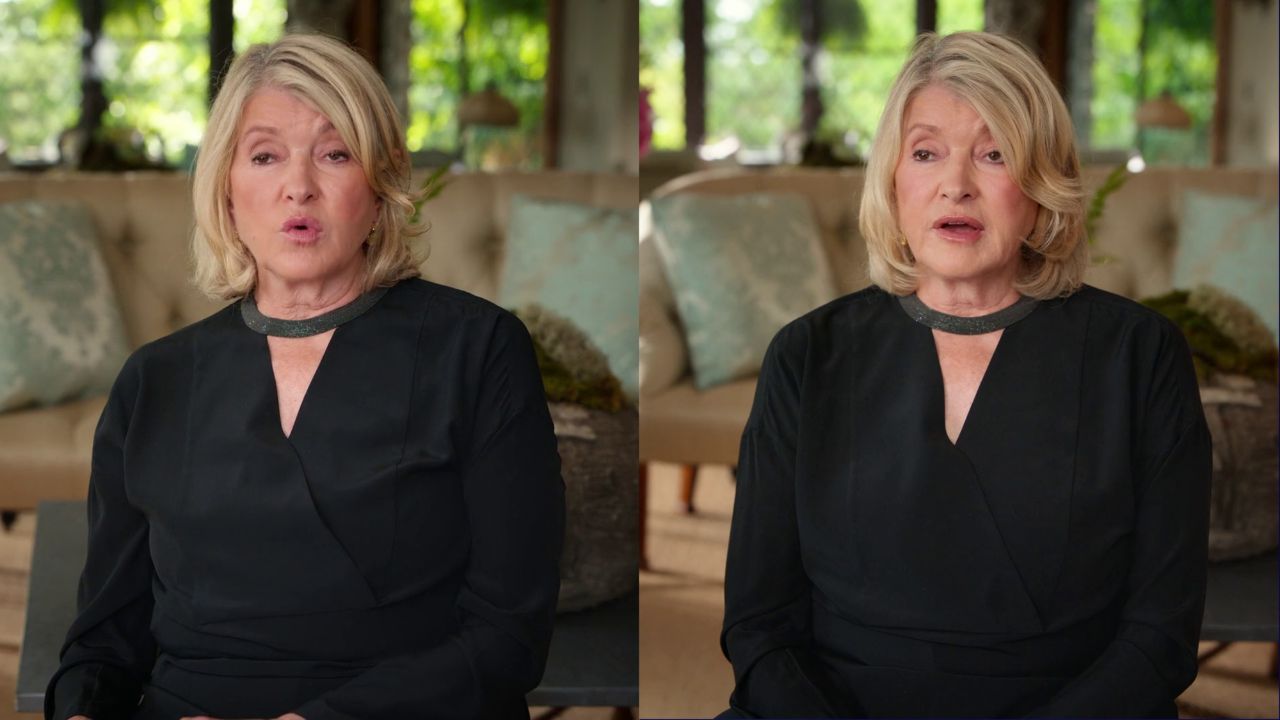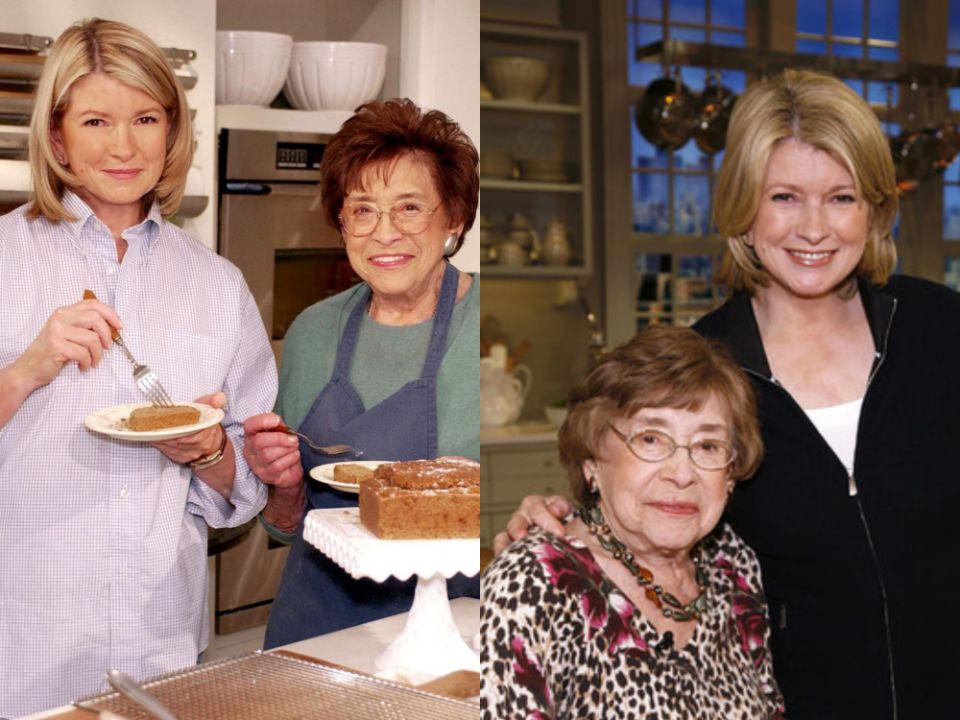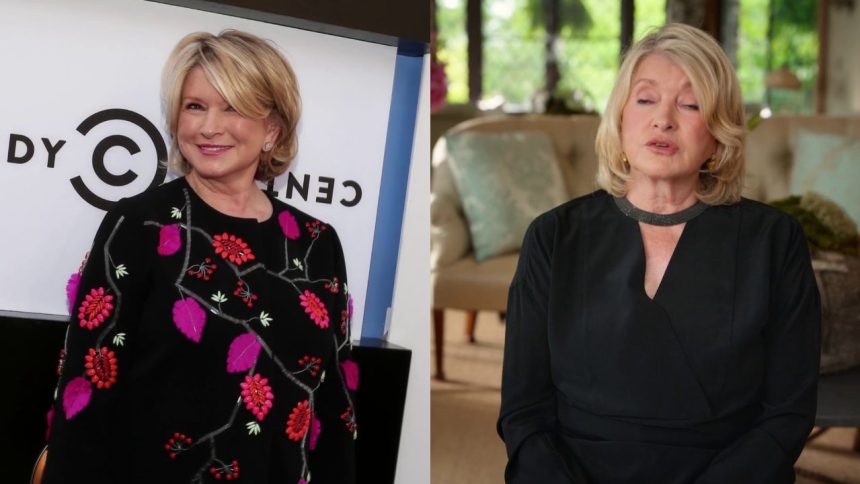Since the release of ‘Martha’ on Netflix on October 30, 2024, Martha Stewart has found herself at the center of several trending queries among viewers. Everybody who has watched the latest documentary seems to have more questions than answers about Stewart.
We previously touched upon the retail businesswoman’s neurodivergent personality traits. Now, the latest query revolves around whether Martha Stewart had a stroke. Without further ado, let’s address why some fans are curious to learn if she has had a brain attack.
Why Is Martha Stewart’s Stroke Trending on Google?
There have been no public reports of Martha Stewart ever having a stroke. However, some viewers of the ‘Martha’ documentary seem to have mistakenly interpreted her evident plastic surgery, notably Botox and fillers, as symptoms of a stroke. Since she has publicly admitted to going under the knife in the past, you wouldn’t put it past her to make further changes to her face to look her best in the documentary.

Cosmetic alterations usually result in temporary facial asymmetry, which is pretty common after treatments like Botox or fillers. People might have perceived this drooping as a sign of a stroke, especially since changes in facial contour can lead to an uneven appearance that might look like a medical issue.
Moreover, surgical changes can alter facial expressions. Botox, in particular, tends to reduce the ability to express certain emotions, leading to a more “frozen” look, particularly on the forehead and around the eyes. This lack of expressiveness on Stewart in her latest doc could be mistaken for the reduced emotional responsiveness that sometimes follows a stroke.

Additionally, speech changes can follow after certain procedures around the lips or jawline. Such temporary alteration in her speech might make some think there are neurological issues at play rather than cosmetic effects.
Meanwhile, Martha Stewart, 83, has openly expressed a desire to look younger than age, stating, “I don’t want to look my age at all.” Speaking with her cosmetic dermatologist, Dr. Dan Belkin in the season 2 premiere of The Martha Stewart Podcast, the lifestyle mogul spoke of the various cosmetic treatments she has undergone. She admitted to using Botox, discussing her experience with muscle-relaxing injections that have been applied to her neck and jawline, helping to achieve a smoother, more youthful appearance.

Likewise, the TV personality applies dermal fillers, sharing how they have been strategically placed in her cheeks to restore volume and contour her facial structure, contributing to her radiant look. Besides Botox and fillers, she also talked about trying innovative ultrasound-based skin tightening treatments, including Ulthera and a method known as Softwave, which work to firm and lift the skin for a more rejuvenated effect.
Martha Stewart’s Mother Passed Away Following a Stroke in 2007
Martha Stewart has not had a stroke herself, but her mother, Martha Kostyra—affectionately known as “Big Martha”—suffered a stroke and passed away in 2007 at the age of 93. This was not a normal experience for Matha as it affected her deeply, shaping her understanding of the unique struggles caregivers face, as well as the inevitable complexities of aging.

While she was caring for her mother, Martha witnessed firsthand how challenging it was to manage several health issues for an elderly loved one. The whole thing was made even more complicated by her mother’s pride in her independence and reluctance to accept help. Though she’s been mostly independent all her life, Big Martha’s stroke was a wake-up call about the need for preventive health measures, regular medical check-ups, and solid support systems as people get older.
To honor her mother’s memory and tackle the gaps she saw in elder care, Martha started the Martha Stewart Center for Living at Mount Sinai Medical Center in New York. With a $5 million pledge from her, the center offers specialized outpatient care and resources for older adults and their families. It focuses on wellness, preventive care, and giving family members the tools and knowledge they need to be good caregivers.

With this project, Martha is keen to give caregivers practical advice and support, drawing from everything she learned while dealing with her mom’s health issues and the stroke that eventually took her life.



